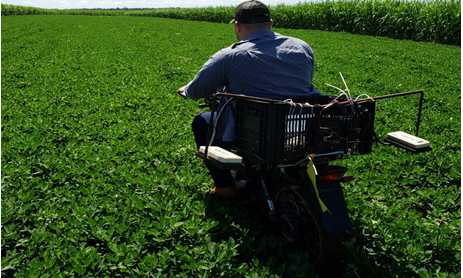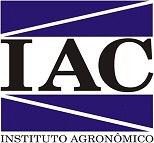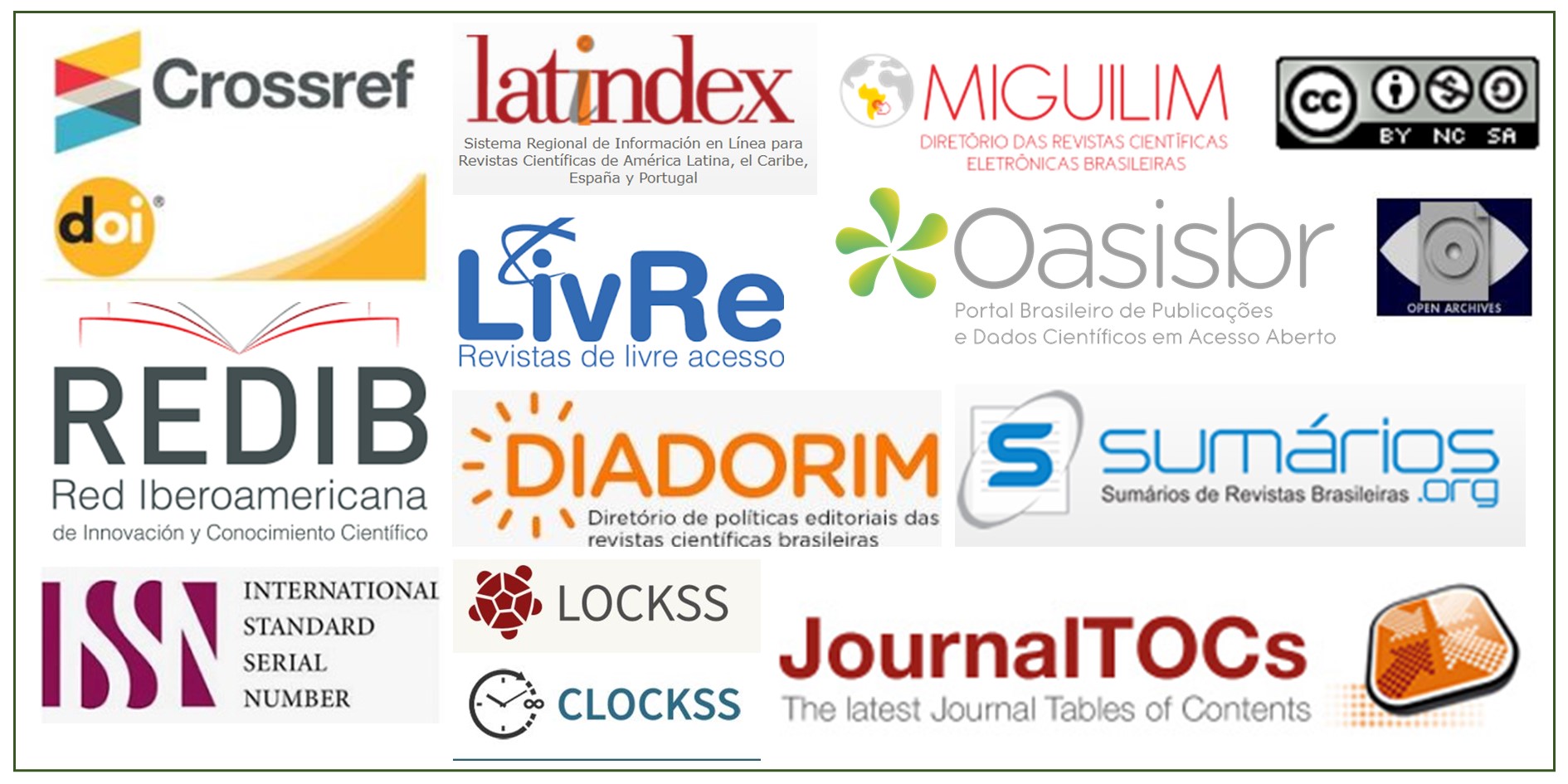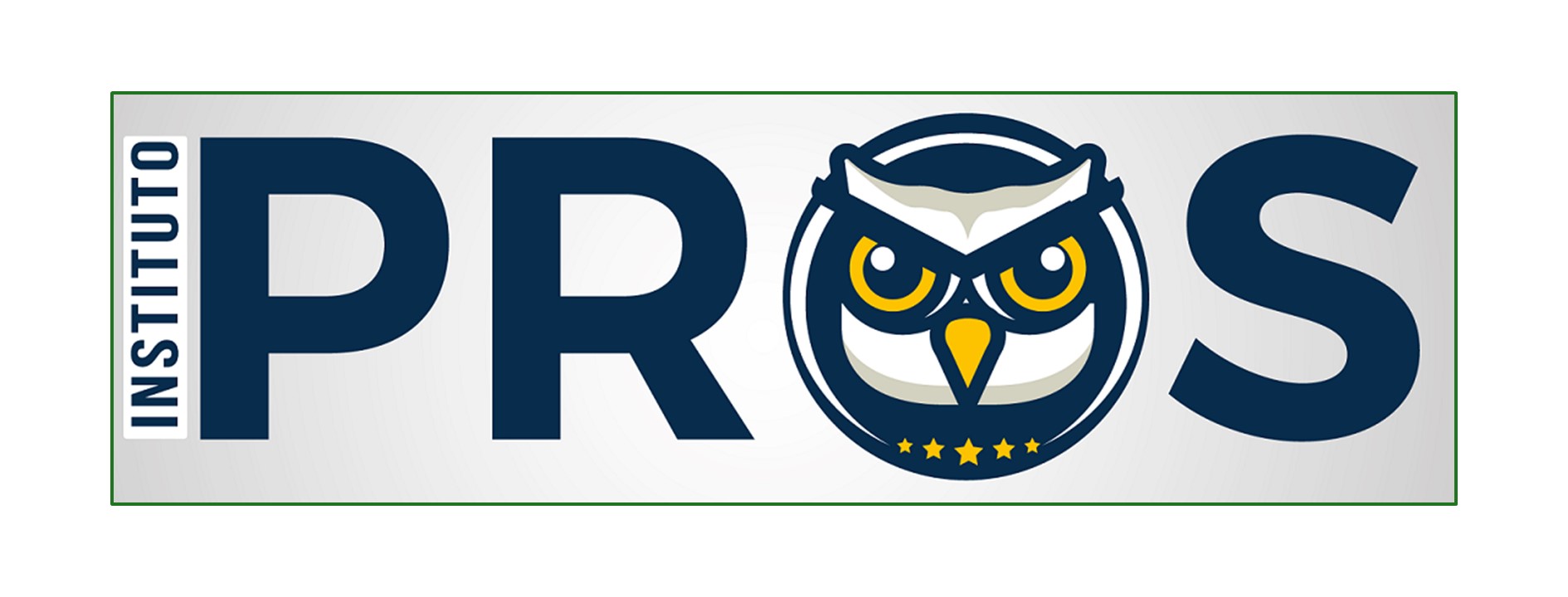Evaluation of the quality of the vegetation indexes (NDRE and NDVI) for the peanut culture, using control charts
DOI:
https://doi.org/10.17648/sas.v1i1.95Keywords:
Remote sensing, precision agriculture, OptRxAbstract
Peanuts are considered to be one of the most important legumes,not only for its economic expression but also nutritionally. Remote sensing techniques appear as a tool with high potential, to assist in the development of peanut culture. In view of this, the objective was to assess which vegetation index has the best quality for monitoring peanut culture. The experiment was carried out in a commercial farm located in Dumont in the State of São Paulo. The experimental design was based on the premises of the Statistical Quality Control (CEQ) (Montgomery, 2009) containing 30 sample points with 30 x 30 m mesh. The evaluations were carried out during the development of the culture at 45, 65, 75 and 85 days after sowing (DAS). The NDVI and NDRE vegetation indexes (IVs) were evaluated with the help of the GreenSeeker and OptRX canopy sensors. The analysis of the variability of reflectance and IVs of the peanut culture was carried out by means of individual value control charts. The grouping of data observed at 45 DAS, showed greater amplitude of variation in NDVI. In 75 and 85 days after sowing (DAS), the grouping of values "‹"‹for the NDVI can be seen by the proximity of the points in relation to the average, in the individual values "‹"‹chart, that is, there was low variability in the data acquisition. It was observed that the NDRE index showed the highest quality of the process as it has less variability. Another factor found was that the reflectance of the soil did not influence the quality of the process, as happened with the NDVI, which had a high variability due to the exposure of the soil, which demonstrates that the NDRE obtained a higher quality in the process for the 45 DAS.
Downloads

Downloads
Published
How to Cite
Issue
Section
License
Autores concordam com os seguintes termos:
a) Os autores mantêm os direitos autorais e concedem à revista o direito de primeira publicação, com o trabalho simultaneamente licenciado sob a LicençaAttribution-NonCommercial-ShareAlike 4.0 International, que permite o compartilhamento do trabalho com reconhecimento da autoria e publicação inicial na Revista SAS. A licença permite o uso, a distribuição e a reprodução irrestrita, em qualquer meio, desde que devidamente citada a fonte. Essa licença permite também que outros remixem, adaptem e criem a partir do seu trabalho para fins não comerciais, desde que atribuam a você o devido crédito e que licenciem as novas criações sob termos idênticos.
b) Não cabe aos autores compensação financeira a qualquer título, por artigos ou resenhas publicados na South American Sciences.
c) Os conceitos expressos nos artigos publicados na South American Sciences são de inteira responsabilidade de seus autores.








